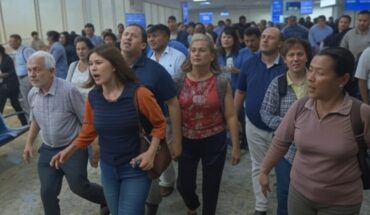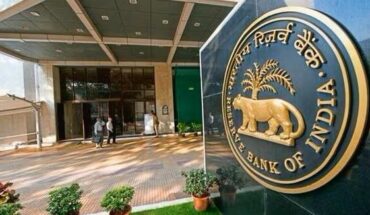Delhi’s smog crisis is a long-term issue requiring sustainable urban planning, strict pollution controls, and collaborative efforts from governments, industries, and citizens to safeguard public health and reverse environmental damage.

Delhi is grappling with a growing air pollution crisis, with smog blanketing the region and AQI levels consistently reaching hazardous levels. This worsening air quality was initially attributed to seasonal stubble burning in Punjab and Haryana. Still, recent studies reveal that the problem runs far more profound and is rooted in a complex blend of local pollutants. Dust from construction sites, emissions from stone crushers, vehicular pollution, and even smoke from food-cooking activities contribute significantly to the choking smog. This pollution isn’t limited to Delhi; other cities like Mumbai and Chandigarh are also experiencing alarmingly poor air quality, echoing a global pattern seen in places like Beijing, Bangkok, and Los Angeles. India, however, faces a particularly severe challenge due to rapid urbanization, high population density, and weak enforcement of environmental regulations.
The root causes of Delhi’s air pollution problem are multifaceted. Road dust and construction activities release large amounts of particulate matter into the atmosphere, with ongoing construction and poor dust control measures making a persistent contribution. Vehicular emissions add to the pollution load, with outdated vehicles, fuel inefficiency, and overburdened roads emitting harmful nitrogen oxides and particulate matter. Stone-crushing operations release fine particles into the air, and street-side cooking, often done with wood or coal, further contributes to localized pollution hotspots. Seasonal meteorological factors also play a role, especially in winter, when temperature inversion traps pollutants closer to the ground, resulting in prolonged smog and worsened air quality.
While stubble burning does add to the seasonal smog, particularly in the winter months, studies suggest that it accounts for only about 10-15% of the city’s annual air pollution. Most pollutants come from local sources, challenging the belief that external factors primarily cause the crisis. Solving this issue requires addressing root causes within Delhi itself. Globally, urban air pollution is also on the rise, driven by industrial emissions, increased vehicle use, and unchecked construction. While the specifics of Delhi’s pollution sources may differ slightly from other cities, its root causes are not unique. Cities worldwide struggle to balance development and environmental health, making Delhi’s pollution crisis part of a more significant, shared challenge.

The impact of this toxic air is not just an environmental issue but a serious public health emergency. High levels of air pollution are directly linked to a range of respiratory and cardiovascular problems, particularly among vulnerable groups such as children, the elderly, and those with pre-existing health conditions. Chronic exposure to high AQI levels is associated with increased asthma, bronchitis, and chronic obstructive pulmonary disease (COPD), as well as heart conditions and even strokes. Prolonged exposure to fine particulate matter can weaken the immune system, leaving individuals more susceptible to infections. Beyond its health impacts, the economic toll is also significant, with healthcare costs and lost productivity placing a substantial burden on families and the nation’s economy.
Addressing Delhi’s smog crisis requires a multi-faceted approach that combines government intervention, industry accountability, and public awareness. Stricter enforcement of regulations is critical to controlling pollution from construction, industrial, and vehicular sources. Cleaner, greener practices must be incentivized, and more efficient public transportation options should be developed to reduce dependency on private vehicles. Expanding green infrastructure—through urban tree planting, green belts, and innovative solutions like vertical gardens—can help absorb some of the pollutants. Public awareness campaigns could also play a crucial role in helping individuals understand the importance of eco-friendly practices, from reducing waste burning to supporting carpooling.
Delhi and other Indian cities are at a critical juncture. The smog crisis cannot be dismissed as a seasonal nuisance or blamed solely on stubble burning; it is a long-standing issue that calls for sustainable urban planning and rigorous enforcement of pollution controls. This challenge demands cooperation across all levels—government, industries, and individuals—to reverse the trend and protect the health and well-being of millions. Air pollution is not merely a local inconvenience but an existential threat. Only through a collective, sustained effort can we hope to transform India’s urban centers from gas chambers back into livable cities.
The writer is a senior journalist and columnist. Views are personal. Twitter @narvijayyadav






